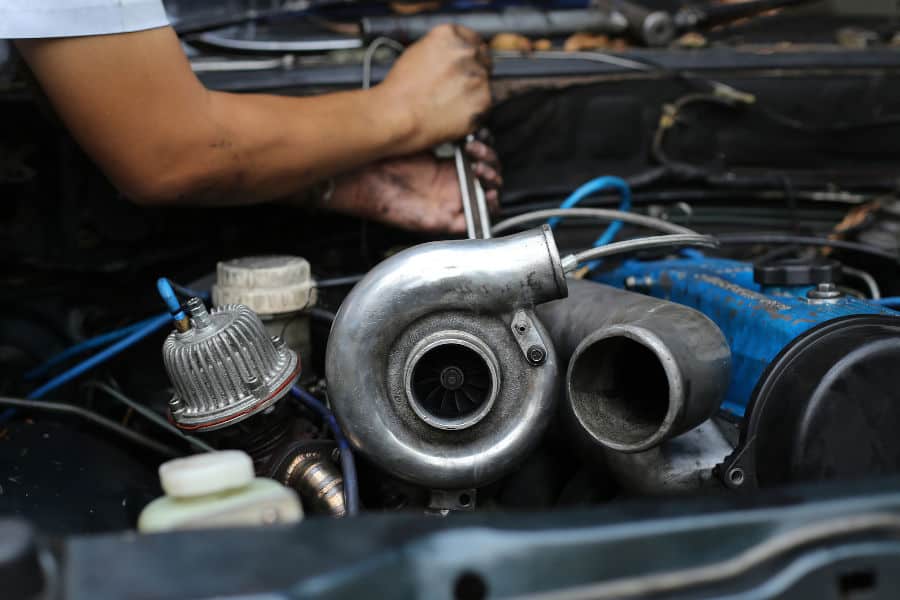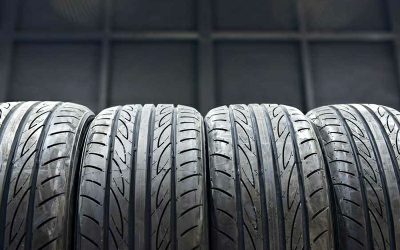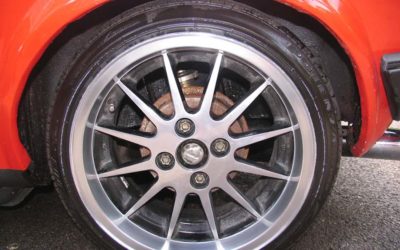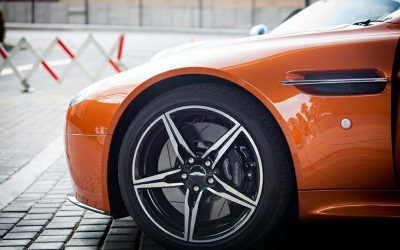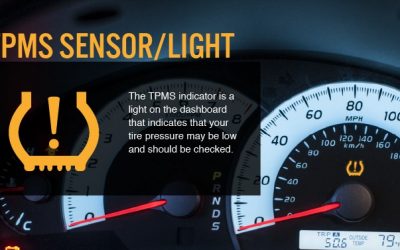Using a turbo booster device is popular not even in trucks or diesel cars due to the strong force needed, yet it is common in almost all other car types.
This device not only can provide immense engine power but still carries roughly no weight, so it is even a great fit for a race car to perform blazing laps, tightest curves, and dynamic superspeed.
In addition, a turbocharger also enhances many other functions. Wonder about the capacity of the power upgrade? Let’s check out this article to learn more about this boosting device
About TurboChargers
What Is A Turbocharger?
A turbocharger, particularly known as turbo, is a turbine-driven that has a force initiation function. It extends the internal combustion chamber capability by compressing more energy and eventually brings genuine outtake.
This is a component settled in mechanical devices that can smoothen acceleration processes and increase engine performance.
Thus, this naturally upgrading provides huge efficiency in power by pushing more air or corresponding fuel into the combustion chamber.
How Does A Turbocharger Work?
A turbocharger is a specific device that stacks huge amounts of airflow using basic physics laws. Imagine you exhaust gas into a mirage fan and spin it, then your vehicle performs more smoothly with better power output.
As for the details, a turbocharger is a turbine that inhales more air by exhausting gasses and then pushing it more in the chamber intake.
Two wheels are spinning on both sides of the shaft, the turbine wheel and the compressor wheel. It is mounted on one shaft to manipulate opposite effects on rotation.
The turbine wheel propels the engine to exhaust gas to rotate the compressor wheel. This compressor wheel will take charge of compressing air into greater airflow, then proceed to the intake of combustion components.
So, how much hp does a turbo/turbocharger add? Continue reading to find out!
How Much Horsepower Does A Turbo Add?
Technically, a turbocharger can often add 70 – 150 horsepower to the engine, usually enhancing your engine around 20 – 50% by estimate. This can go up to 100% or more if the engine is fully upgraded and in an ideal state.
In addition, you can change or upgrade the injection or engine block to reach a higher level. For example, the AMG twin-turbo V8 coming from Mercedes-Benz offers an amazing boost of up to 510 horsepower.
Different types of engines also provide different levels of HP and power output. If you are wondering, here are some common types of motors and their horsepower supplementary specifications:
How Much HP Does A Turbocharger Boost A Diesel Engine?
A common turbocharger can add in a range from 70 to 150 horsepower to a diesel engine. This is a standard index for most diesel engines.
However, the number may change depending on repairs or engine upgrades. The exact metric is usually determined through factors such as turbocharger size, injection, cylinder, and modifications.
How Much Horsepower Does A Turbocharger Boost A 4 Cylinder Engine?
A four-cylinder engine can also receive the same amount of HP from a turbocharger boost as a diesel engine. A common turbocharger can add about 70-150 Hp to a four-cylinder engine, in general terms and without considerable upgrades.
How Much HP Does A Turbocharger Boost A V6 Engine?
Naturally, the amount of hp your turbo boost will depend on what other modifications you add to your engine.
In fact, as with other engines, HP added to a V6 that was quite variable. Even so, a turbo charge can boost a V6 by around 50-100 HP under normal conditions.
This rise is enough to speed up your engine and take your engine to a whole new level.
How Much HP Does A Turbocharger Boost A V8 Engine?
Almost similar to a V6 engine, a turbocharger can boost between 50 to 150 HP to a V8 engine. This will greatly increase the engine kick-off speed.
This level is perfectly suitable for you to break out on many roads. You can further modify your engine to optimize it to suit your needs.
Benefits Of A Turbocharger
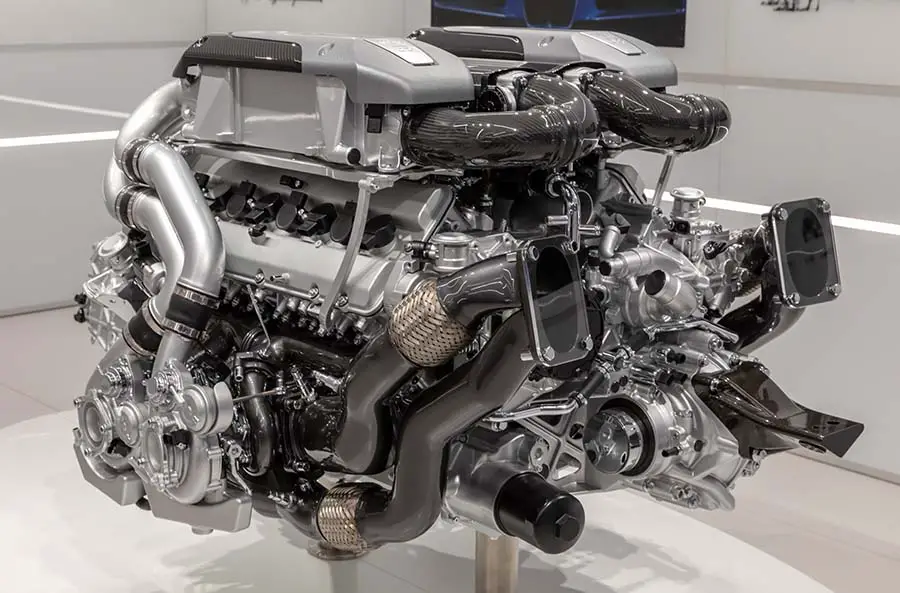
Compared to other stack engines, the clearest advantage of a turbocharger is the ability to create 40% surplus horsepower. This immensely increases engine performance and strengthens it drastically.
With the desire for the remarkable extra upgrade, there is much more of it to expect, as the list below:
- Torque improvement: With throttle momentum enhancement, your vehicle will easily conquer steep hills and can produce more force on the road.
- Increasing power: with a relatively compact size compared to other aspirated engines, the extra horsepower can turn into power at a relatively high rate.
- Fuel efficiency: The turbocharged engine propels extra gas exhaust from the engine, so you can save maximum fuel.
- Speed boosting at low RPM: Due to a huge enhancement in engine power and more combustion, cars can accelerate smoothly and comfortably at low rpm.
- Better drive: It gives better experiences when driving around compared to a natural engine.
- Big modification potential: Turbocharger adjustment is proven to be available in the future to bring huge advances in work. A modern surcharge will reach higher output and momentum rotation than an old version.
Shortcomings Of A Turbocharger
The turbocharger undeniably brings a lot of benefits and boosts to your engine.
Its size also fits well into the engine compartment and reduces the required engine displacement while retaining power and acceleration superior to older bulky aspirated ones. Impressive fuel economy and shortened acceleration time bring a very enjoyable driving experience.
However, there’s also an actual shortcomings of this strong device.
- Complexity structure: The installation process is quite complicated to achieve great acceleration.
- Demanding setup: The turbocharged engine block needs enough stiffness to handle extra compression and pipeline setup. Oil and air cooling are also necessary to control the space and heat in the installation process. That’s not to mention the replacement and repairing fees.
- Challenging replacement: Replacing a turbocharger is not an easy feast.
Suspension: Turbocharged engine often causes lag because of a larger frame than the standard model. When you max out the engine, there will be a little delay in steering due to increased RPM.
What Is Turbo Boost And Turbo Lag?
What is Turbo Boost?
Turbo boost implies positive pressure originating from a turbocharger. In detail, it indicates the pressure difference between the intake manifold and the outside ambient pressure.
The measurement unit is PSI or bar. The more the output power, the more the input PSI value is presented.
However, overcharge is not always superb. When the turbo boost exceeds the limit of the engine, it will cause disaster.
You might face engine knocking and overheating, eventually leading to engine burst or component malfunction. Shortage of fuel because of trouble in the pump and injector is also a possibility.
In this situation, your engine needs some urgent upgrade to exploit the maximum potential of turbocharging boosting.
What Is Turbo Lag?
The use of exhaust gas as a stimulant to increase air pressure in the intake is an extremely effective solution to foster engine performance. But this method is also the main defect of an annoying phenomenon: Turbo lag.
There is an interval between the moment it starts to boost from low RPM to high RPM. The amount of exhaust gas isn’t enough to produce a charge at low RPM.
Half of vehicle power is in a disposition state at low RPM and runs as a naturally aspirated engine. When RPM reaches a high enough level, the boost kicks in and produces a proper power rush.
If the turbocharger provides massive power at low revs, it will cause immense lag. The larger the turbine gets, the longer the turbine lag; hence more pressure is necessary to start charging, especially with single-turbines.
In contrast, small turbines are just capable of starting launching in medium idle RPM, with adequate power boost. There’s a chance of engine detonation due to overload when proceeding with the all-out acceleration pedal in low revs.
How To Solve?
Turbo lag occurs when you keep your gas off the limit, often causing extreme pressure when shifting or braking. However, there are some methods to deal with it:
- Additional Nitrogen oxide: Turbocharger lag duration can be reduced to a quarter of the original when using N2O. Pay attention to the amount of N2O additive compared to gasoline or air because there is serious damage to the engine if adjusted unevenly.
- Subsequent turbocharger system: Sequential turbochargers or bi-turbo turbochargers are composed of two large turbos and a small turbo combined with an intake cooler. These turbos can work individually to increase engine performance in certain circumstances.
- Extra exhaust valve: The turbocharger is capable of working with a smaller exhaust chamber and additional exhaust valve, which provide better air pressure emission. This assures efficient work and reduces turbo lag.
- Large engine displacement at a limit given power combined with a multi-speed gearbox can keep turbo lag to the lowest. This is a pretty easy and effective solution.
FAQs
Does Turbo Harm Your Engine?
Factory origin turbocharger is not harmful to your engine.
However, modifying or adjusting turbocharger components can drastically increase pressure on the engine and cause damage.
The increased temperature during the boosting process is one of the common causes of engine failure. An inappropriate compression ratio will cause temperature spikes and exacerbate the engine knocking probability.
Is Twin-Turbo More Effective Than Single Turbo?
The answer is yes. A twin-turbo can produce more 30-600 HP horsepower than a single one. This is equivalent to enhancing 25 – 60% of your engine.
Twin-turbo has a set of six or eight split cylinders that generate enough exhaust gasses each time you accelerate. This helps the engine produce more power and the car runs faster.
Twin-turbo efficiency also depends on the engine’s power cap and how you modify and optimize other car components. The better you tune your engine, the greater the speed output.
In Conclusion
How much horsepower does a turbo add? The answer depends on many turbochargers type, size, function, upgrade, cylinder, performance, etc. Under normal conditions, the average turbocharger can give your engine additional 70 – 150 HP.
Hope you found the information in this article helpful and filled your doubts. Be sure to share this information with those who may need it, and stay safe after starting your engine.

